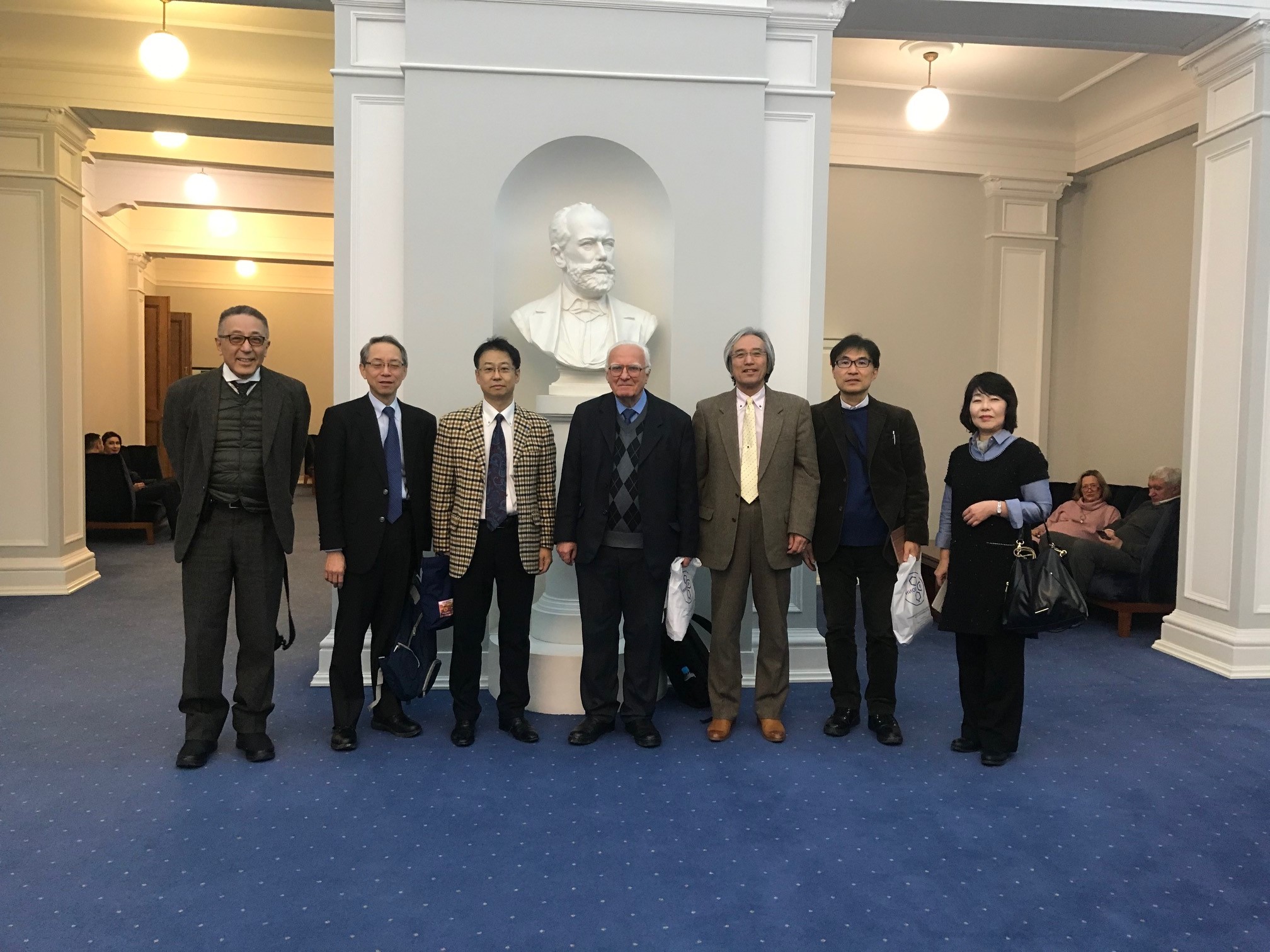Fluorine Notes, 2007, 50, 3-4
ADDITIONAL FLUORINATION OF PARTLY FLUORINATED ORGANIC COMPOUNDS BY ELEMENTAL FLUORINE AS AN OBTAINING METHOD FOR PRACTICAL PURPOSE FLUORINE MATERIALSD.D. Moldavsky, G.G. Furin* DMITRY DMITRIEVICH MOLDAVSKY - Doctor of technical sciences, leading scientific associate of Scientific Centre of Applied Chemistry (RSC "Applied Chemistry"). Field of scientific interests: the technology for production of fluoroorganic compounds, catalysis, commercial fluorine products GEORGY GEORGIEVICH FURIN - Doctor of chemical sciences, professor, senior staff scientist of Novosibirsk Institute of Organic Chemistry. Field of scientific interests: synthesis, structure and physical and chemical properties of fluorine containing organic, elemental organic, heterocyclic compounds, experimental quantum chemistry RSC "Applied Chemistry" 14, Dovrolubov av., Saint-Petersburg, 197198 * Novosibirsk Institute of Organic Chemistry , Russian Academy of Science 630090, Novosibirsk, Ac. Lavrentiev av. 9, E-mail : furin@nioch.nsc.ru INTRODUCTION The progress of many fields of industry and engineering, medicine and agriculture is in many respects determined by perfection of materials used. Perfluoroorganic compounds (PFOC) are crucial here [1, 2]. Some specific properties of caused by introduction of fluorine atoms into molecule lead to a whole complex of the unique chemical, physical and chemical and operating characteristics of these compounds like exceptional chemical inertness in a wide range of temperatures, thermal resistance, high dielectric and thermal - physic properties. PFOC find their wide application in medicine (components for blood substitutes, perfusion liquids etc.). Their electroconductivity is extremely low, 100- 1000 times lower than of best sorts of transformer oil, tangent angle of dielectric loss is also very low, their electric resistance is high at constant voltage so they find their application as heat-transfers and dielectrics for different electric machines and radio-electronic appliances, which are used under severe conditions [3,4]. However, expanding of PFOC practical application field is bound by lack of their rational obtaining technology and high cost compare to hydrocarbon analogues [5, 6]. In industry PFOC are obtained in two main ways: fluorinating method of hydrocarbons by highest metals' fluorides (Co, Ce etc.) (olefines, parafines and ethers) [7] and electrochemical fluorination method (of ethers and tertiary amines) [8]. The yield of PFOC is not high, the productivity is low, the isolation and refinement are labour-intensive and ineffective because of large number of by-products and closeness of physical and chemical properties of by-products and target compounds. The attempts to create effective fluorinating methods for organic compounds using elemental fluorine that had been made did not have satisfactory results. Along with that, elemental fluorine can be a base for fluoroorganic compounds chemistry as a result of its high reactivity, full range of application, availability and relatively simple obtaining [9-11]. There could have been created high productive selective obtaining methods for PFOC based on it, which would have been characterized by high yield, high purity, low waste products, possible application of rather sinple equipment, meeting the environmental safety requirements. Fluorine is approved as key element in science of materials, used as high-temperature heat-transfers, liquid crystals, plastics, elastomers, membranes etc. It has become crucial and urgent for both organic chemistry and chemical technology to solve the problem of obtaining pure perfluorinated compounds based on elemental fluorine application, which is caused by developing of new approaches for carrying out the fluorination process itself. Due to its influence of electron effects of fluorine containing substituents the fluorination results in origination of unusual and unique chemical properties in compound, which often make them incompatible with set synthetic methods. The problem of handling the unusual properties of fluorine containing compounds needs a special consideration and solving it allows us using effective and environmentally friendly methods to synthesize precious compounds. At that using that fluorine materials not only does determine the progress of techniques but also greatly influences the life infrastructure. However, their high cost caused in a great extent by unavailability of rational obtaining technology becomes an obstacle for their wide application. The interest to the problem of PFOC purifying and obtaining pure compounds for medicine and some other branches of industry make the researches in this field rather urgent. That is related to working out new original approaches for carrying out PFOC synthesis based on available raw materials, as a base to work out nonpolluting, simple and safe obtaining technology for different classes of PFOC, especially parafines, ordinary ethers (and their cyclic analogues), tertiary amines. In spite of high cost for fluorine containing materials, which is determined not so much by fluorine or anhydrous hydrogen fluorine high cost as by the imperfection of methods of fluorine introduction into organic molecules, which require high-cost purifying technology for fluorination products and special conditions to carry out the processes, they are rather effective in such small amounts, that their application becomes economically sound. New fluorine materials with a number of interesting and unusual properties conquer the market and are widely included into composition materials for techniques. They attract attention of medicine, where along with new drugs, including anesthetics, antineoplastic, antimalarial medications, antidepressants, steroids, containing fluorine atoms, PFOC are more and more being used as special liquids. The combination of fluorine and brome in the molecule allows to use them as contrast liquids at medical X-rays researches. Since working involving aggressive elemental fluorine is hazardous new fluorinating reagents have been worked out, which greatly broadened the scale of fluorine containing compounds production [11-15]. That reagents, reviews of which are published on a regular basis are not considered here. We decided, that in this review it would be appropriate to consider the experimental data regarding fluorination of partly fluorinated compounds of different classes using elemental fluorine, to touch upon the problem of process of direct fluorination control, to discuss the questions of production of high purity perfluorinated compounds and to draw out some examples of their practical application. to be continued |
Fluorine Notes, 2007, 50, 3-4
